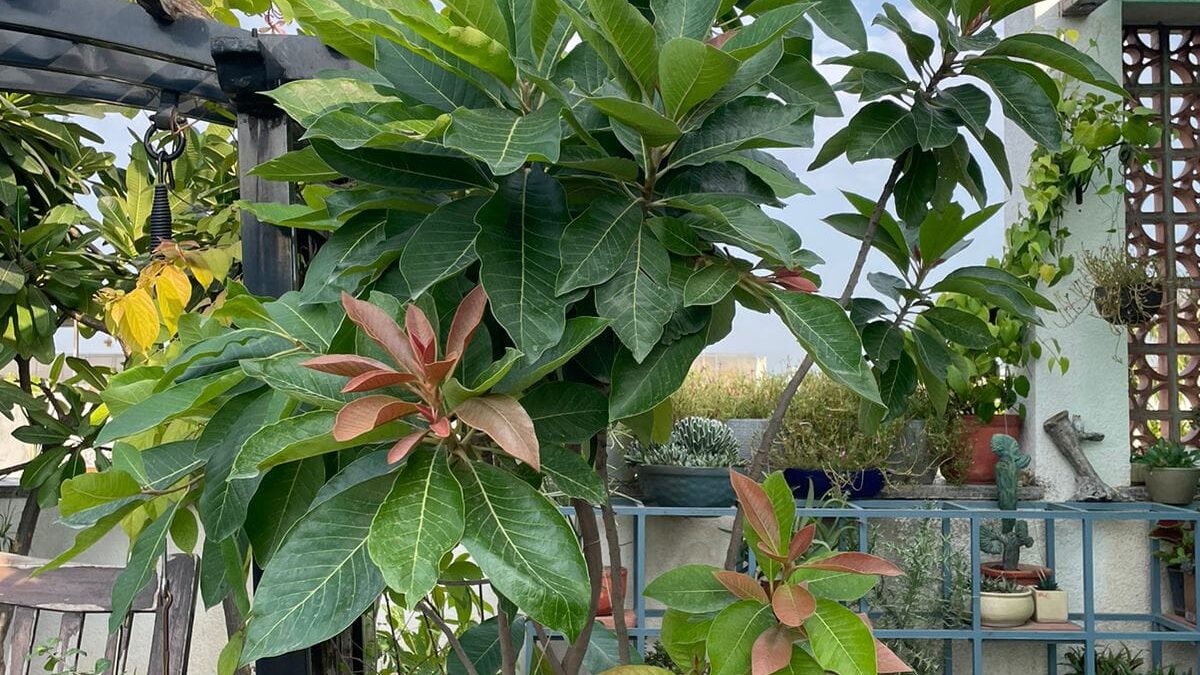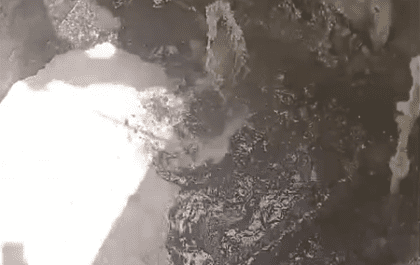Some nine years ago, a dear friend gifted me a Mahua sapling. I had no clue of its magnificence… the name Mahua sounded nice and I lovingly planted it. I have watched it grow, all these years, into a handsome young tree (in a pot though) with beautiful foliage.
Also known as Honey Tree/ Mowra Buttertree, it is a shapely, majestic, long leaved tree of dry deciduous forests of Central India. The new leaves are soft and woolly and almost reddish pink first, and as they age, they become dark green, leathery and smooth… clustered in whorls, they are indeed a sight to behold!
Though mine has not flowered yet, I have heard numerous tales of their life giving blossoms. My helper tells me that most people in the villages, where they grow in abundance, wake up as early as 4 am, to collect the mahua flowers which are creamy white in colour and grow in dense clusters and fall at dawn, when ripe. These are dried and then sold.
Mahua is the most valuable of Indian trees because its flowers are nutritious and feed millions of poor people. The sweet, edible flowers appear in the month of April and have a distinctive nutty, musky smell. These are also loved by deer, monkeys, jackals and wild pigs.
A large tree (according to Mr. Pradip Krishen), bears up to 300 kgs of flowers in a season. They are eaten raw or sun dried. They are also fermented to make a strong country liquor, with a smoky, nutty flavour. Cows fed on mahua flowers will yield milk with the same taste! The seeds yield ‘Mahua butter’ used in cooking. The wood can yield highly durable timber but because of its highly prized flowers and fruits, it is never felled!
The Mahua is not just a tree but a source of food and livelihood for several tribal communities in Madhya Pradesh.
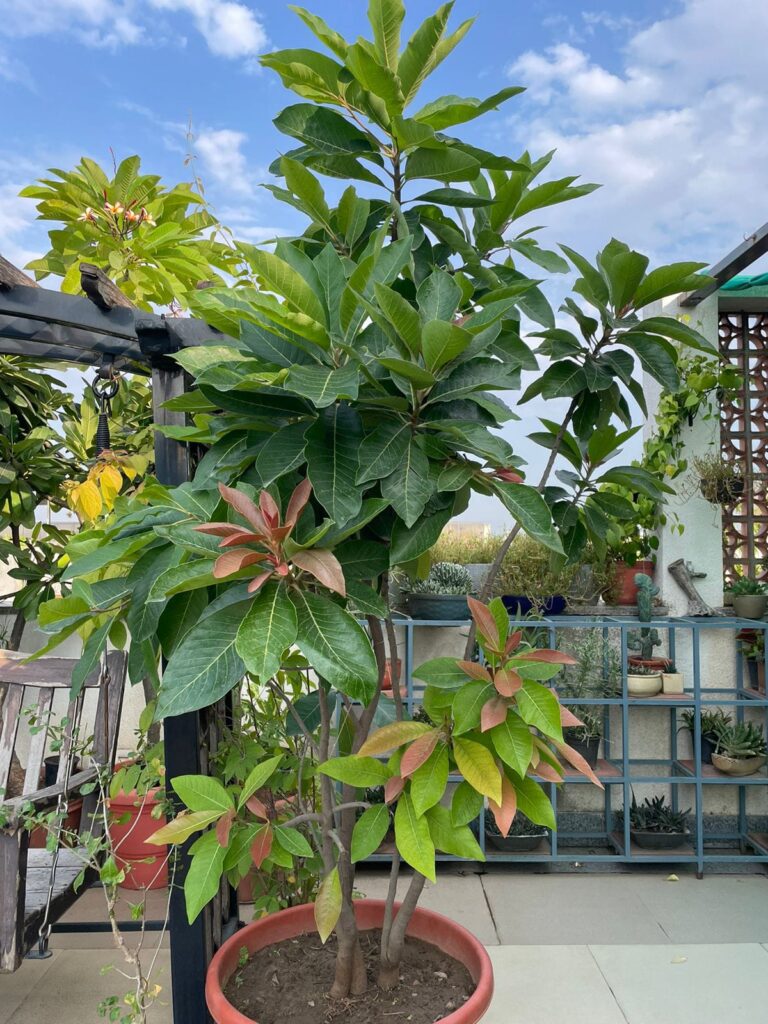
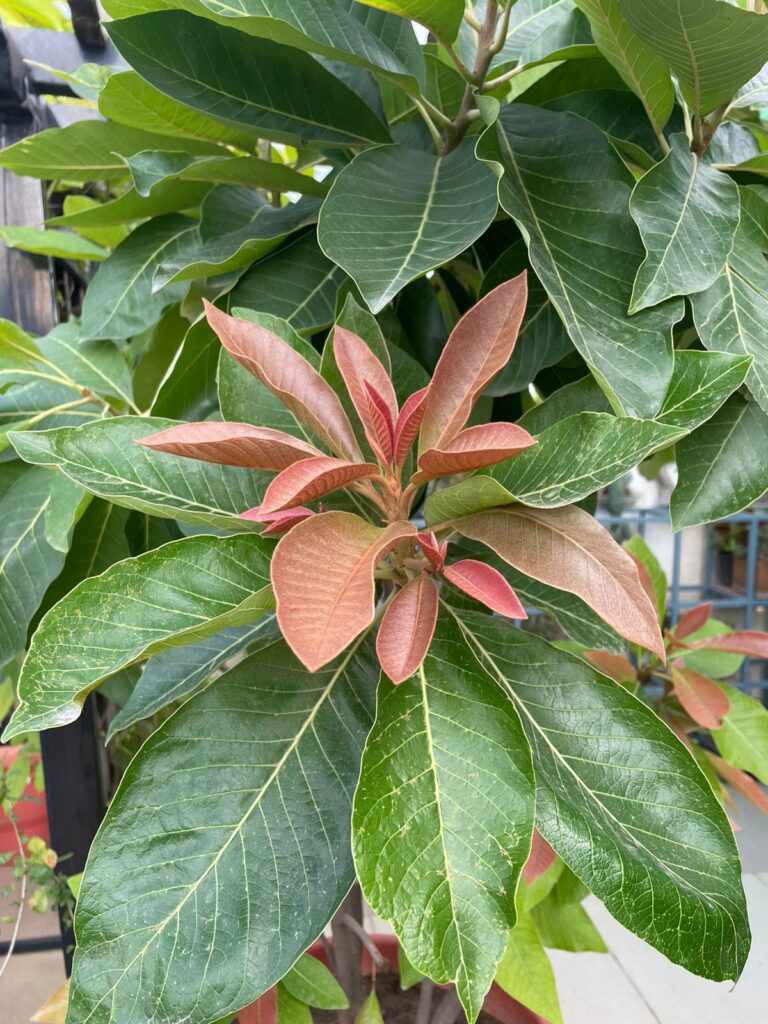

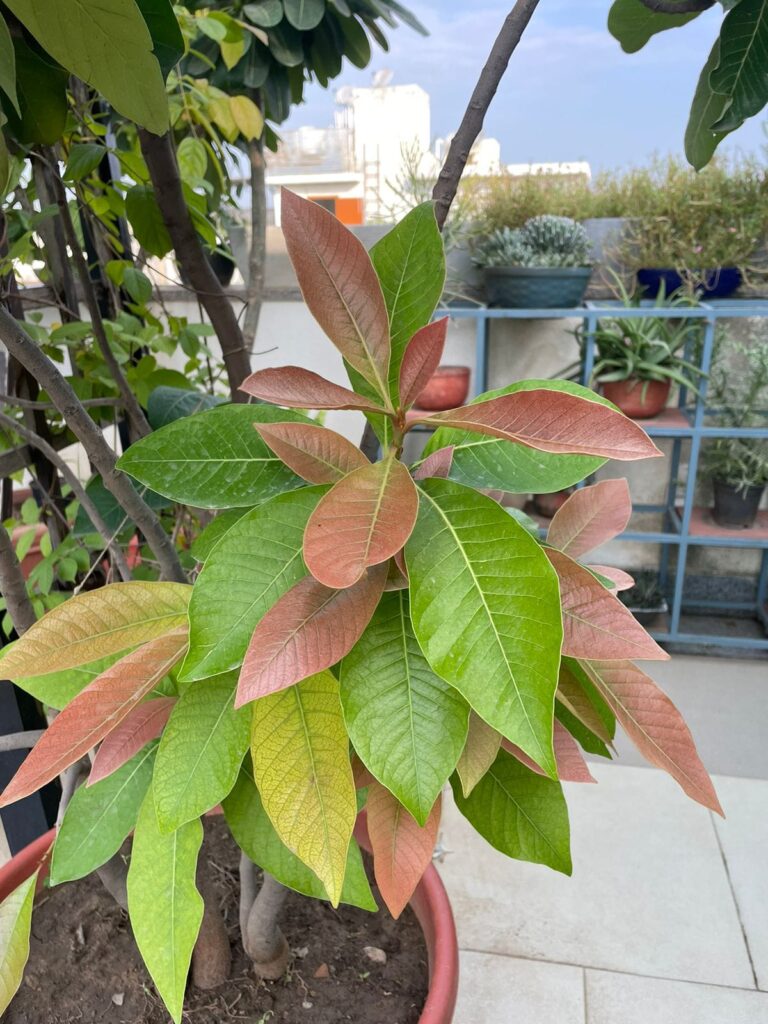

Popular Stories
How To Revive Your Rainwater Harvesting System
The Water Couple’s Journey: From Cleaning Tanks to Complete Water Solutions!
Locals Felling Trees Near Sec A Pkt C
Winning Has Become a Habit for Divya
Is Green Park Heading Towards A Slum
Haphazard Parking, Narrow Walking Space In M Block Market
Recent Stories from Nearby
- खेल का मैदान April 9, 2025
- A Critique of the RWA’s Gate Closure Policy April 9, 2025
- मैत्री में होली प्रथा के अनुसार टाइटल सुनाए April 9, 2025
- International Women’s Day Celebration in G Block, Sector 41 April 9, 2025
- Bullying In J Block Park April 9, 2025

